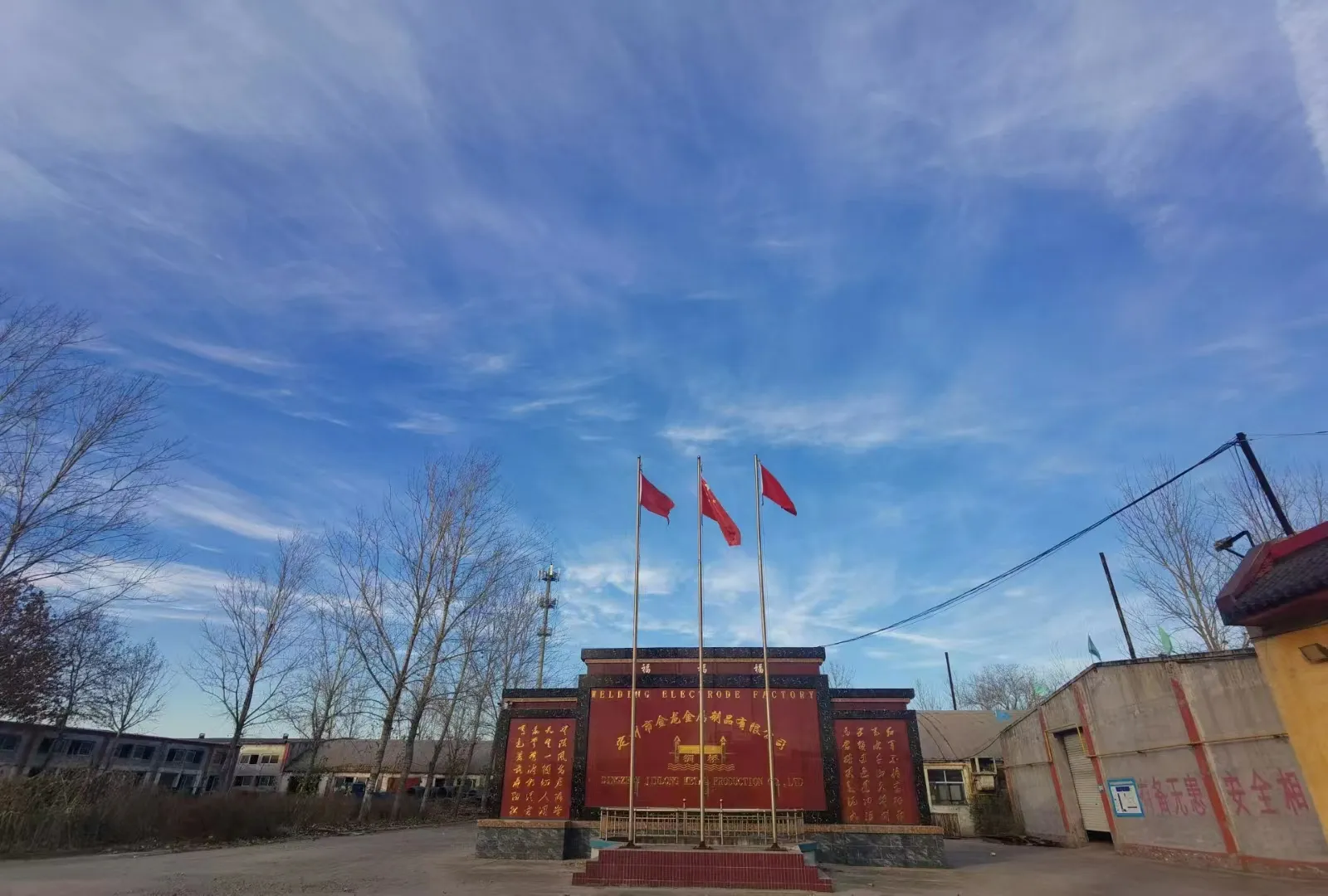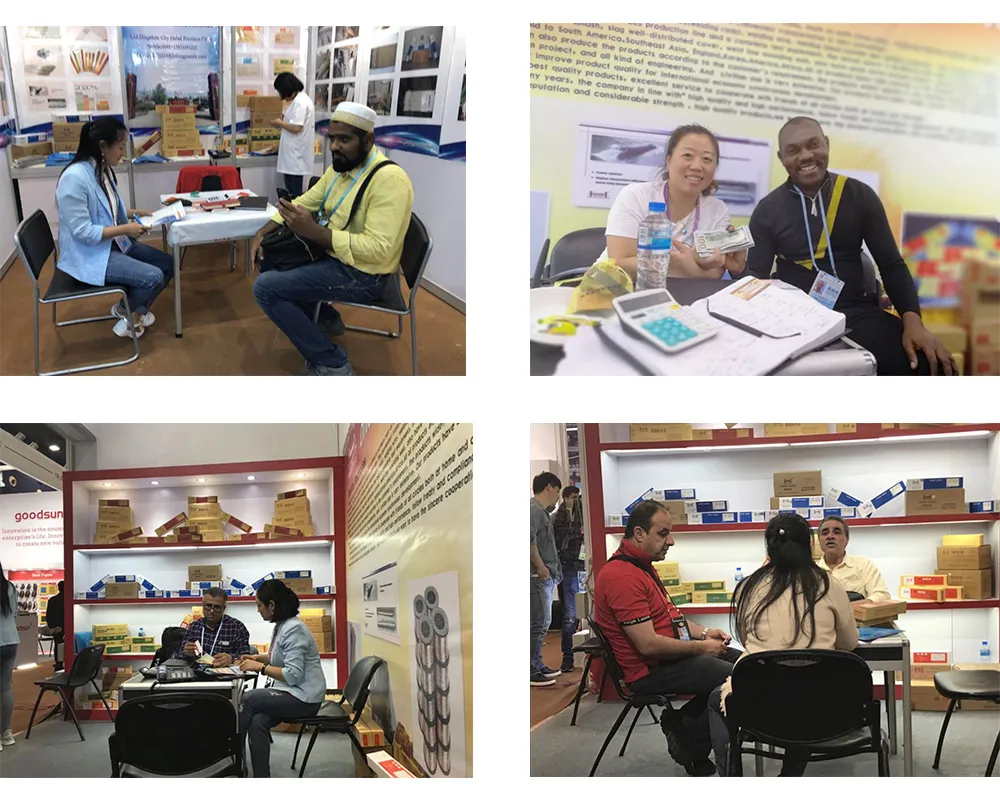stick welding 316 stainless steel
Feb . 14, 2025 11:52
Stick welding, known technically as Shielded Metal Arc Welding (SMAW), is one of the most versatile and widely used methods for welding a variety of metals. Among these metals, 316 stainless steel is a common material in industries such as food processing, chemical manufacturing, and marine applications due to its exceptional resistance to corrosion and pitting. However, welding 316 stainless steel requires a distinct blend of technique, precision, and understanding of the material properties. Here, we delve into the practical insights and authoritative advice to achieve optimal results in stick welding 316 stainless steel.
Precision in setting the correct amperage cannot be overstressed. Welding practitioners should refer to the manufacturer's specifications for the electrode being used, typically a range between 80-120 amperes for average thickness. Fine-tuning is often required and must consider factors like electrode diameter, material thickness, and the weld position. Conducting trial runs on test pieces to calibrate the settings can save time and prevent material wastage. Shielding gas is unnecessary for SMAW, but ensuring that the welding area is well-ventilated protects from harmful fumes. Safety should always parallel the technical aspects of welding. Welders should be equipped with the correct personal protective equipment, including helmets, gloves, and appropriate clothing, to safeguard against burns and exposure to ultraviolet radiation. Finally, post-weld treatments significantly impact the longevity and performance of 316 stainless steel welds. Stress-relieving and passivation treatments are widely encouraged. Stress relieving reduces residual stresses that can lead to cracking, while passivation restores the chromium oxide layer that gives stainless steel its corrosion-resistant properties. In summary, stick welding 316 stainless steel demands meticulous preparation, precise technique, and a keen understanding of the material's properties. By adhering to the principles outlined here, welders can produce robust and reliable welds, enhancing both performance and longevity in demanding applications. This expert advice, backed by experience and industry standards, equips professionals with the knowledge necessary to master this complex yet rewarding welding process.


Precision in setting the correct amperage cannot be overstressed. Welding practitioners should refer to the manufacturer's specifications for the electrode being used, typically a range between 80-120 amperes for average thickness. Fine-tuning is often required and must consider factors like electrode diameter, material thickness, and the weld position. Conducting trial runs on test pieces to calibrate the settings can save time and prevent material wastage. Shielding gas is unnecessary for SMAW, but ensuring that the welding area is well-ventilated protects from harmful fumes. Safety should always parallel the technical aspects of welding. Welders should be equipped with the correct personal protective equipment, including helmets, gloves, and appropriate clothing, to safeguard against burns and exposure to ultraviolet radiation. Finally, post-weld treatments significantly impact the longevity and performance of 316 stainless steel welds. Stress-relieving and passivation treatments are widely encouraged. Stress relieving reduces residual stresses that can lead to cracking, while passivation restores the chromium oxide layer that gives stainless steel its corrosion-resistant properties. In summary, stick welding 316 stainless steel demands meticulous preparation, precise technique, and a keen understanding of the material's properties. By adhering to the principles outlined here, welders can produce robust and reliable welds, enhancing both performance and longevity in demanding applications. This expert advice, backed by experience and industry standards, equips professionals with the knowledge necessary to master this complex yet rewarding welding process.
Related Video
Copyright © 2025 Dingzhou Jinlong Metal Production Co., Ltd. All Rights Reserved. Sitemap | Privacy Policy




























